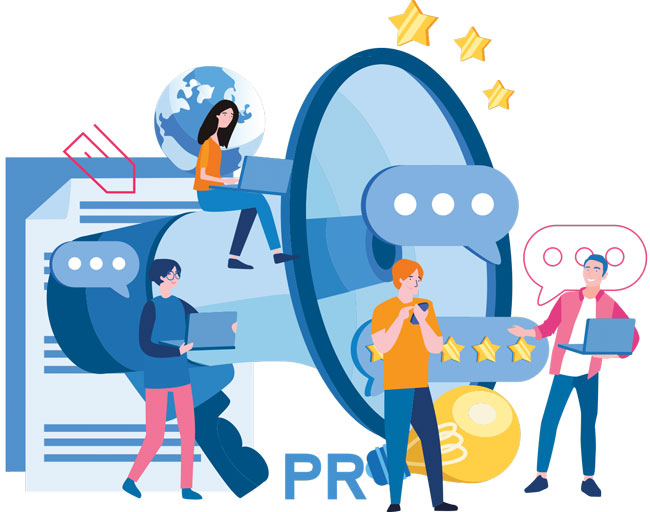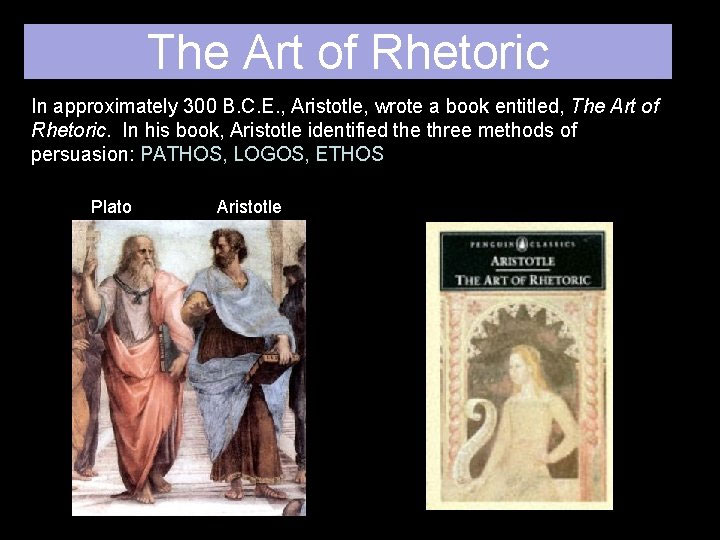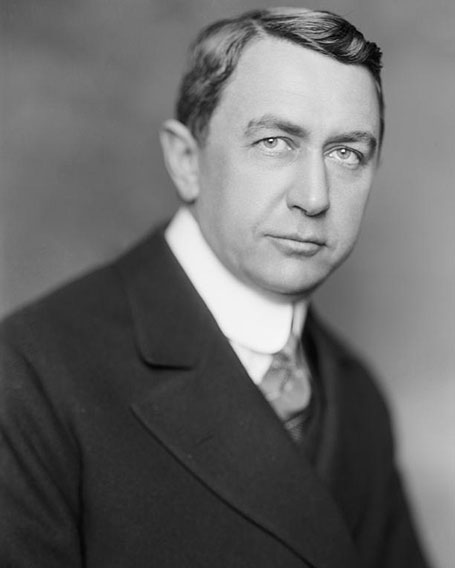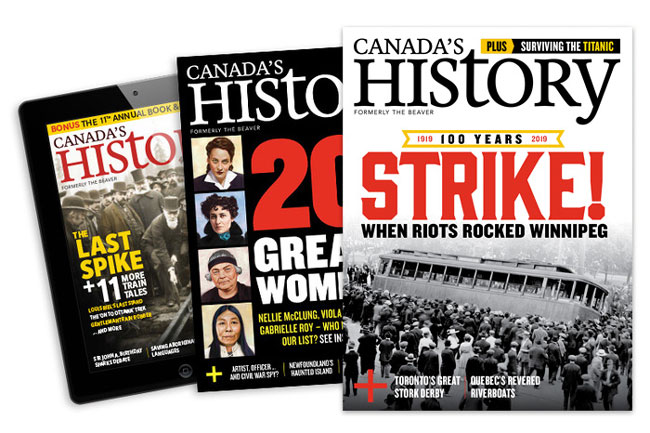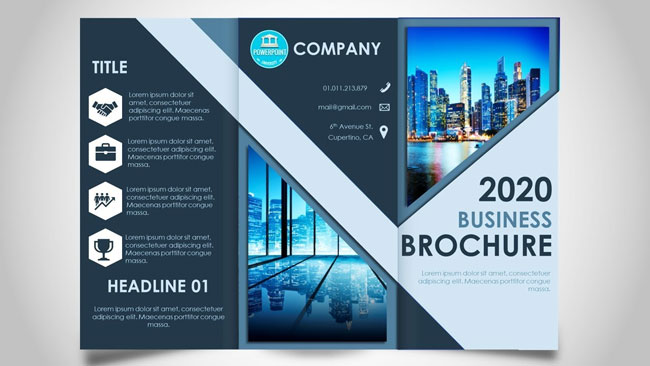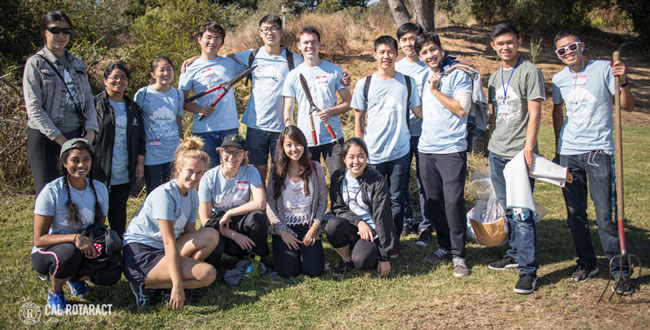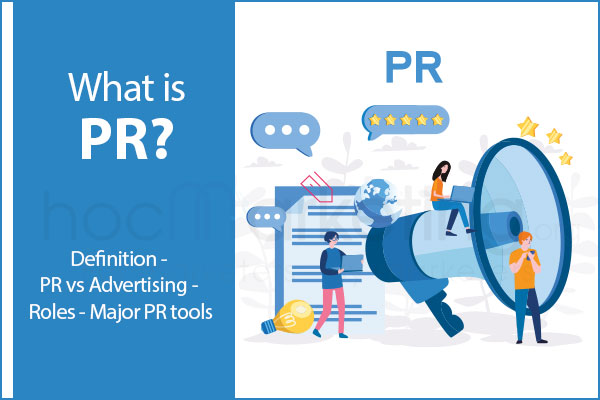
What is PR (Public Relations)? Differences between PR vs Advertising | Major Public Relations Tools

What is PR (Public Relations)? Is it Advertising? Is it bad as what we usually think about? In this article, we'll learn about the right definition, history and major public relations tools.
When it comes to PR, what comes to mind? Advertising, Marketing, sales, or tricks to catch view, like, and fame on social networks?
Actually PR is not as bad as you think. PR has a long history, and plays an extremely important role in our human society. Today, let's learn this familiar and strange concept with hocmarketing.org!
What is PR?
PR stands for Public Relations, roughly translated as public relations, is the activity of building, developing and maintaining good relationships with the community, with the aim of building a good image for a company/individual, or in some other cases, dealing with rumors and stories that have an adverse effect on that company/individual.
Examples of PR:
- Apple held a press conference to launch a new iPhone product. They invited reporters from the media to come and test it.
- Nike sponsors a charity run, aiming to show its concern for the environment.
- Singer A held a press conference to explain her recently scandal.
- Director of Huewei share his thoughts about the bad relationship with US in a recent press article.
History of PR
The idea of using the media to positively influence the reputation of an individual, organization, product... has existed for many centuries, and the term PR - Public Relations was born as a concept which marks a PR industry with a high degree of specialization.
Some researchers think that the first traces of PR are found in Egypt, in ancient times when classical philosophers such as Plato and Aristotle wrote about the art of rhetoric to support speakers in the world. One of the other traces is found in England at the end of the 17th century, when books and pamphlets were used as tools to raise awareness about the global slave trade.
The phrase PR (Public Relations) officially became one of the essential activities of the business in 1899, when George Westinghouse - an inventor and businessman set up a PR department with 2 employees to build relationships with public and media about his new project.
Ivy Lee is considered one of the two godfathers of the modern PR industry. Like other modern PR practitioners, Lee began his career as a reporter, covering New York newspapers such as the New York Times, the New York American and the New York World. After a period of employment, he decided to separate and set up a separate company specializing in writing articles and producing PR products for businesses, organizations and individuals in 1905.
Of course, the other godfather to mention is Edward Bernays. He was born in Austria, and immigrated with his family to the United States at an early age. Bernays' perception was greatly influenced by his uncle. It was his uncle's theories about psychology that helped him shape PR strategies. Bernays believes that the government PR model of World War II awareness propaganda can be used by companies, businesses or corporations. In 1923, he published a book called Crystalizing Public Opinion (roughly translated: Crystalizing public opinion) with content on modern PR theories. This book was widely applied by businesses at that time and was also the first foundation for the development of the modern PR industry.
Roles of PR
Another major promotion tool, public relations, consists of activities designed to engage and build good relations with the company’s various publics. PR may include any or all of the following functions:
- Press relations or press agency. Creating and placing newsworthy information in the news media to attract attention to a person, product, or service.
- Product and brand publicity. Publicizing specific products and brands.
- Public affairs. Building and maintaining national or local community relationships.
- Lobbying. Building and maintaining relationships with legislators and government officials to influence legislation and regulation.
- Investor relations. Maintaining relationships with shareholders and others in the financial community.
- Development. Working with donors or members of nonprofit organizations to gain financial or volunteer support.
PR vs Advertising
In Marketing, PR is not advertising. To have a better look at the difference between these two concepts, let's take a look at the following comparison table:
PR
- PR is an activity to build and develop relationships with the community in order to build a good image for the company/individual.
- PR activities bring benefits to the community, specific objects (sponsorship, charity, etc.)
- PR is the 4th tool in Promotional Tools/Mix
- PR is personal in the relationship building process
Advertising
- Advertising is a form of marketing communication (flyers, posters, banners, videos...) to convey a certain message (Introduction of products, companies, persuasion to buy...)
- As the 1st tool in Promotional Tools/Mix
- Advertising is non-personal when communicating the message to target audiences.
Advantages and Disadvantages of PR
Advantages:
- The message PR brings is easier to be received by the public than Advertising.
- PR has the ability to bring high marketing efficiency with very low cost.
Disadvantages
- Businesses with limited resources often do not prioritize PR activities.
- PR has less ability to reach an audience than advertising.
- It is difficult to control the content & messages conveyed to the target audience of PR through a 3rd intermediary.
Major Public Relations Tools
News
PR professionals find or create favorable news about the company and its products or people. Sometimes news stories occur naturally; sometimes the PR person can suggest events or activities that would create news.
Special events
Another common PR tool is special events, ranging from news conferences and speeches, brand tours, and sponsorships to multimedia presentations or educational programs designed to reach and interest target publics.
Written materials
Public relations people also prepare written materials to reach and influence their target markets. These materials include annual reports, articles, and company newsletters and magazines.
Audiovisual materials
Audiovisual materials, such as videos, are being used increasingly as communication tools. Nowaday, it's quite easy for a business/individual to esablish a video channel on social networks such as Youtube, Tiktok, Facebook. Vlog or livestream can be used to meet and interact with fans and other people in the public.
Corporate identity materials
Corporate identity materials can also help create a corporate identity that the public immediately recognizes. Logos, stationery, brochures, signs, business forms, business cards, buildings, uniforms, and company cars and trucks all become marketing tools when they are attractive, distinctive, and memorable.
Public service activities
Finally, companies can improve public goodwill by contributing money and time to public service activities. Sponsorship is a good choice for many businesses to show there concern about public issues such as heath, environment, welfare...
Summary
Public Relations is a very important part of marketing in today's world. It is not advertising, but an activity to build and develop relationships with the community in order to build a good image for the company or individual. PR activities bring benefits to the community and are non-personal when communicating messages to target audiences. However, it is difficult to control the content and messages conveyed to the target audience through a third intermediary. Compared with advertising, PR activities have the ability to reach high marketing efficiency with low cost. It's all up to you how do you want your business/individual look like in the public eyes when engaging in PR activities? Do it correctly and build good relationships with the public, or do it wrong which will make your public image fall and give you an unhealthy business/individual in the end.
